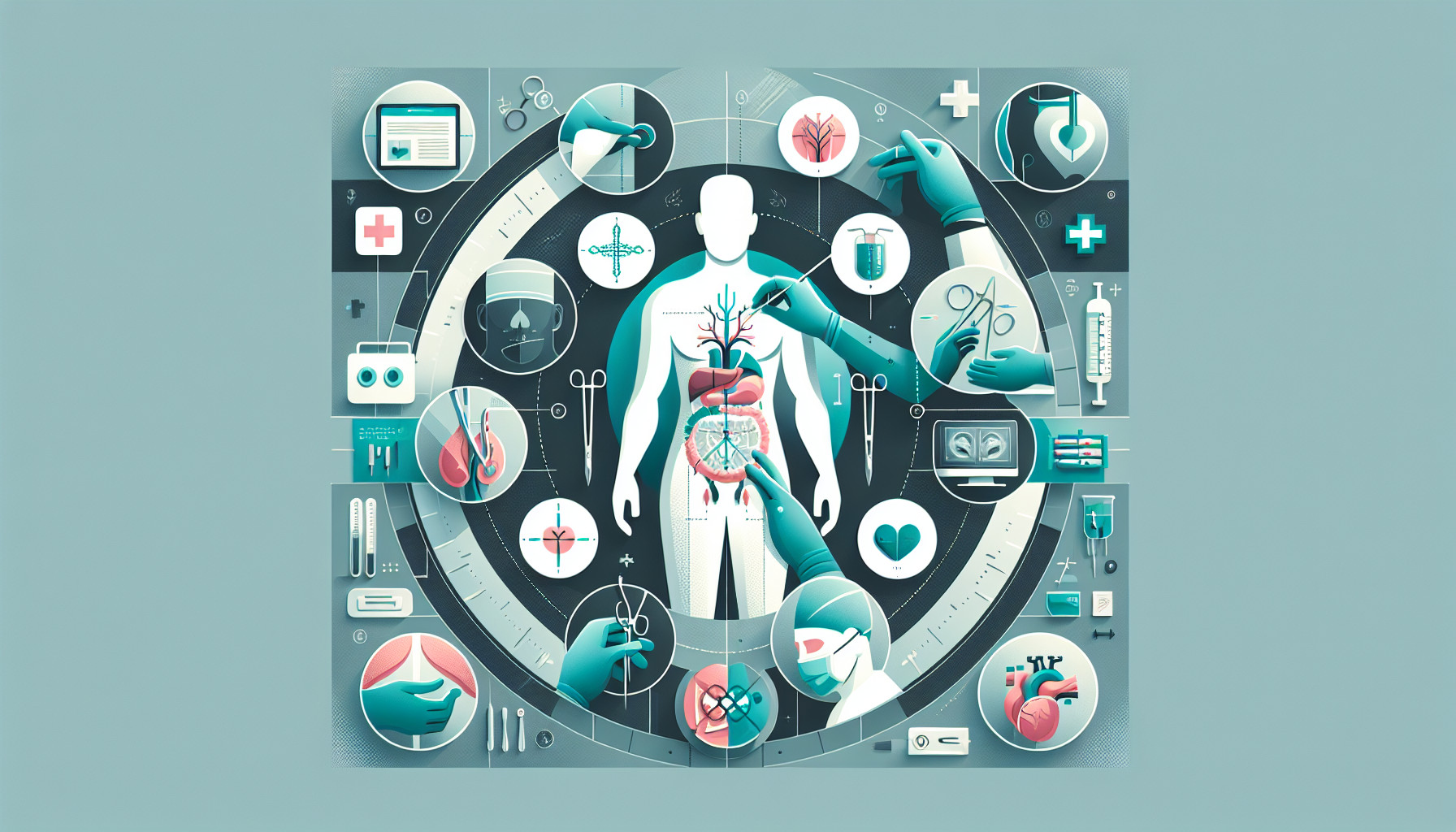Our Summary
Heparin is a naturally occurring substance in the body that helps prevent blood clots. It is often used in medicine to stop blood from clotting inside blood vessels, especially after surgeries or for patients who can’t move around much. It’s also used for patients with a condition called atrial fibrillation who need treatment. However, when heparin is given through an IV or a shot, it can sometimes increase the risk of bleeding. For this reason, heparin is often used in a gel form that can be applied directly to the skin. This can help treat symptoms from conditions like varicose veins or inflammation of a vein just under the skin’s surface. This review looks at how safe and effective heparin gel is. It has been found to be very effective and well-tolerated in reducing symptoms of vein disease, such as varicose veins and their complications, blood clots in a vein, inflammation of a vein, varicose ulcers, after surgery for vein inflammation, after vein removal, for injuries and bruises, local swelling and hardening, under-skin bleeding and for injuries to muscles and tendons.
FAQs
- What is heparin and what is it used for in medicine?
- What are the potential risks of using heparin through an IV or a shot?
- How effective is heparin gel in treating symptoms of vein disease?
Doctor’s Tip
In regards to superficial thrombophlebitis surgery, a doctor may advise the patient to keep the surgical site clean and dry to prevent infection. They may also recommend elevating the affected leg, wearing compression stockings, and staying active to promote blood flow and prevent further clotting. It is important to follow post-operative care instructions and attend follow-up appointments to monitor healing and prevent complications.
Suitable For
Patients with superficial thrombophlebitis, varicose veins, blood clots in a vein, inflammation of a vein, varicose ulcers, and other vein-related conditions are typically recommended superficial thrombophlebitis surgery. Additionally, patients who have undergone surgery for vein inflammation, vein removal, injuries and bruises, local swelling and hardening, under-skin bleeding, and injuries to muscles and tendons may also benefit from superficial thrombophlebitis surgery.
Timeline
- Before superficial thrombophlebitis surgery, the patient may experience symptoms such as pain, redness, swelling, and warmth in the affected vein.
- The patient may undergo imaging tests such as ultrasound to confirm the diagnosis of superficial thrombophlebitis.
- The surgeon will discuss the risks and benefits of surgery with the patient and obtain informed consent.
- The surgery is typically performed under local anesthesia, and the affected vein is removed through a small incision.
- After surgery, the patient may experience some pain and bruising at the incision site, which can be managed with pain medication.
- The patient will be advised to keep the incision site clean and dry, and to avoid strenuous activities for a period of time.
- Follow-up appointments will be scheduled to monitor the healing process and ensure that the patient is recovering well.
- Overall, the surgery is successful in treating superficial thrombophlebitis and relieving the associated symptoms.
What to Ask Your Doctor
- What is the purpose of surgery for superficial thrombophlebitis?
- What are the potential risks and complications associated with this surgery?
- What are the expected outcomes and recovery time following surgery?
- Will I need to take any medications or follow any specific post-operative care instructions?
- Are there any alternative treatment options available for superficial thrombophlebitis?
- How experienced are you in performing this type of surgery?
- What is the success rate of this surgery for treating superficial thrombophlebitis?
- How long will I need to stay in the hospital after the surgery?
- What can I expect in terms of pain management during and after the surgery?
- Are there any lifestyle changes or precautions I should take after the surgery to prevent recurrence of superficial thrombophlebitis?
Reference
Authors: Cabré F, Camacho JA, Rodríguez-Garcés CA, Breier DV, Ballarin M. Journal: Cureus. 2023 Oct 21;15(10):e47418. doi: 10.7759/cureus.47418. eCollection 2023 Oct. PMID: 38022089
